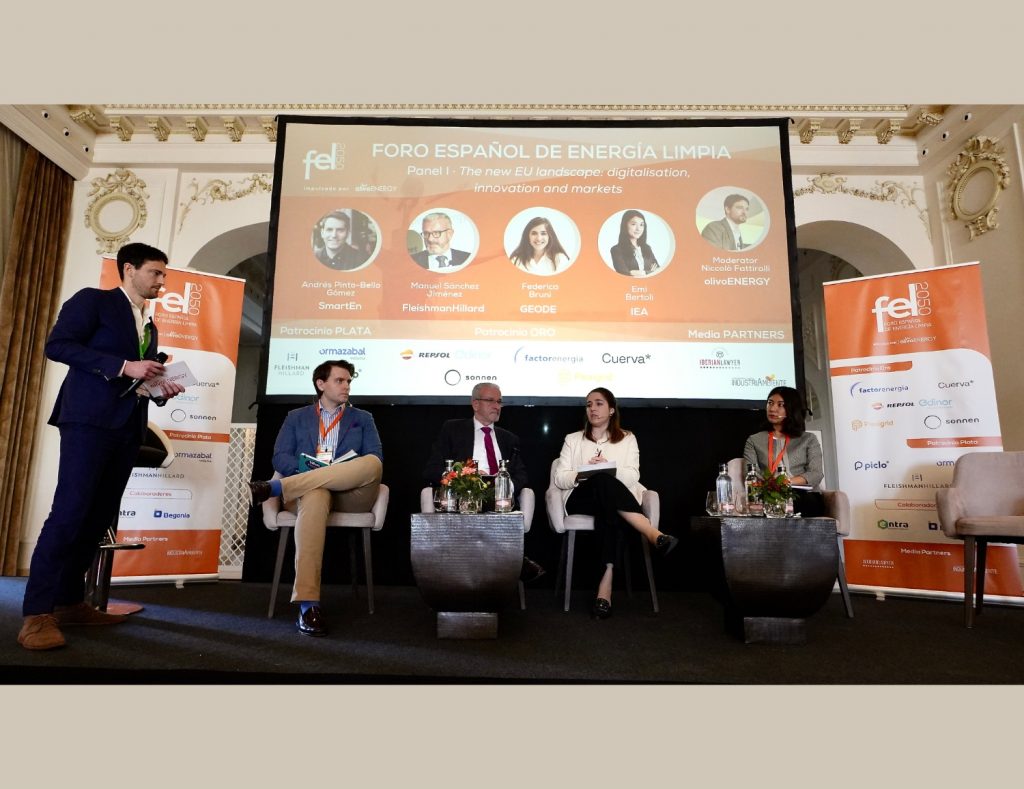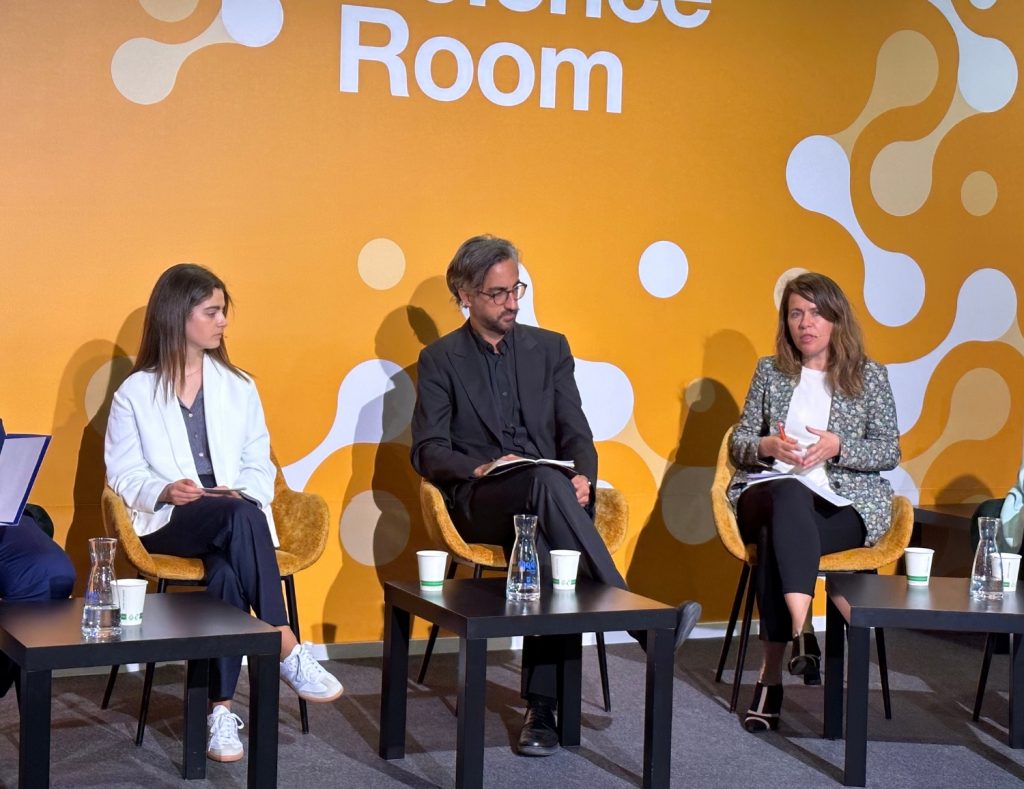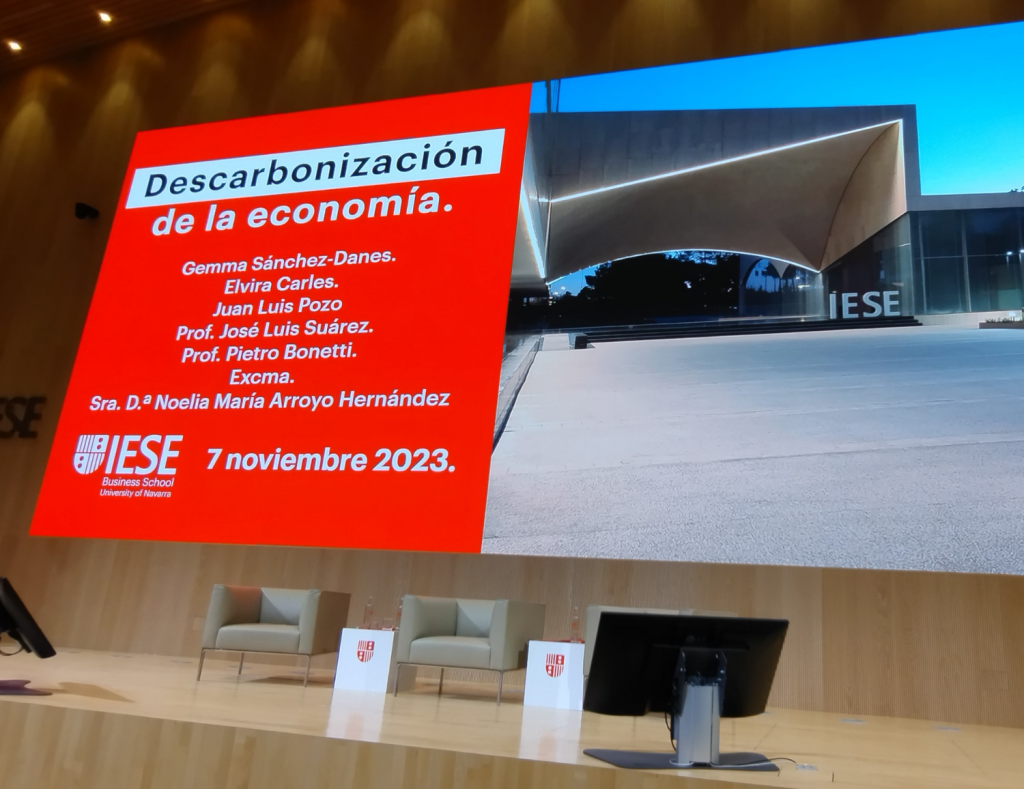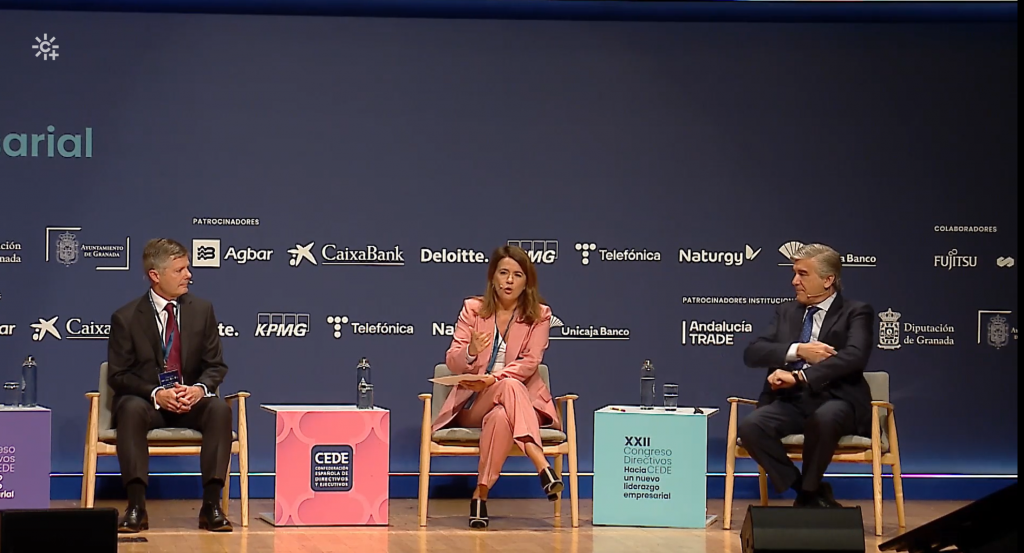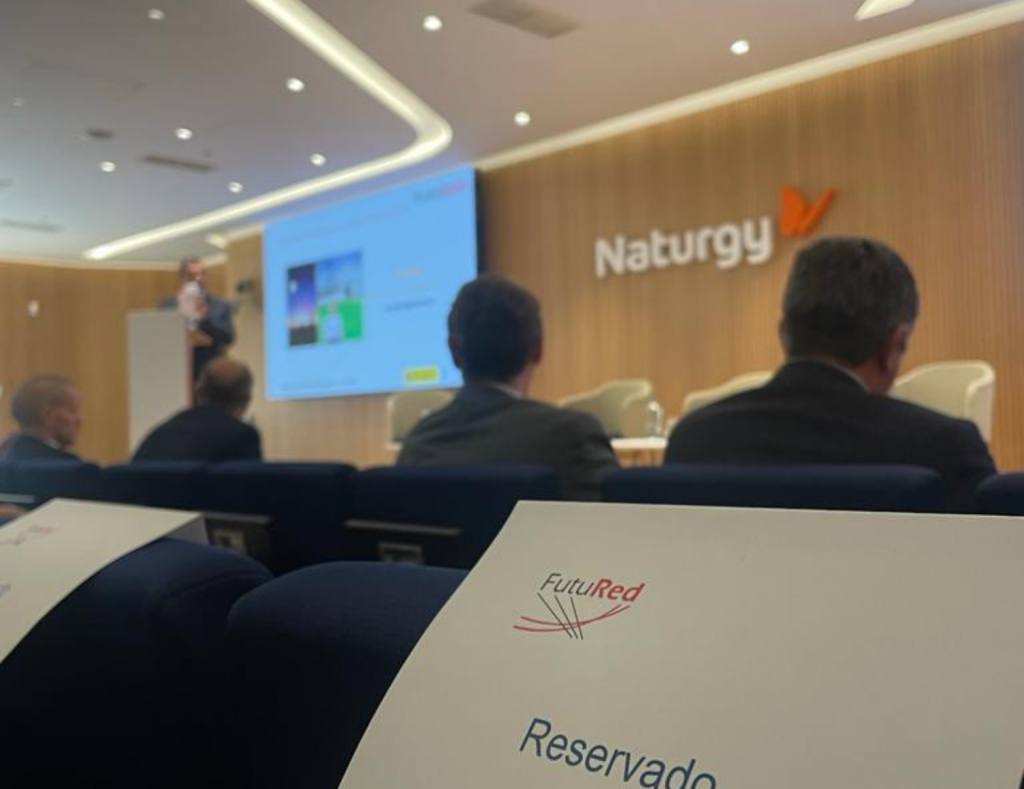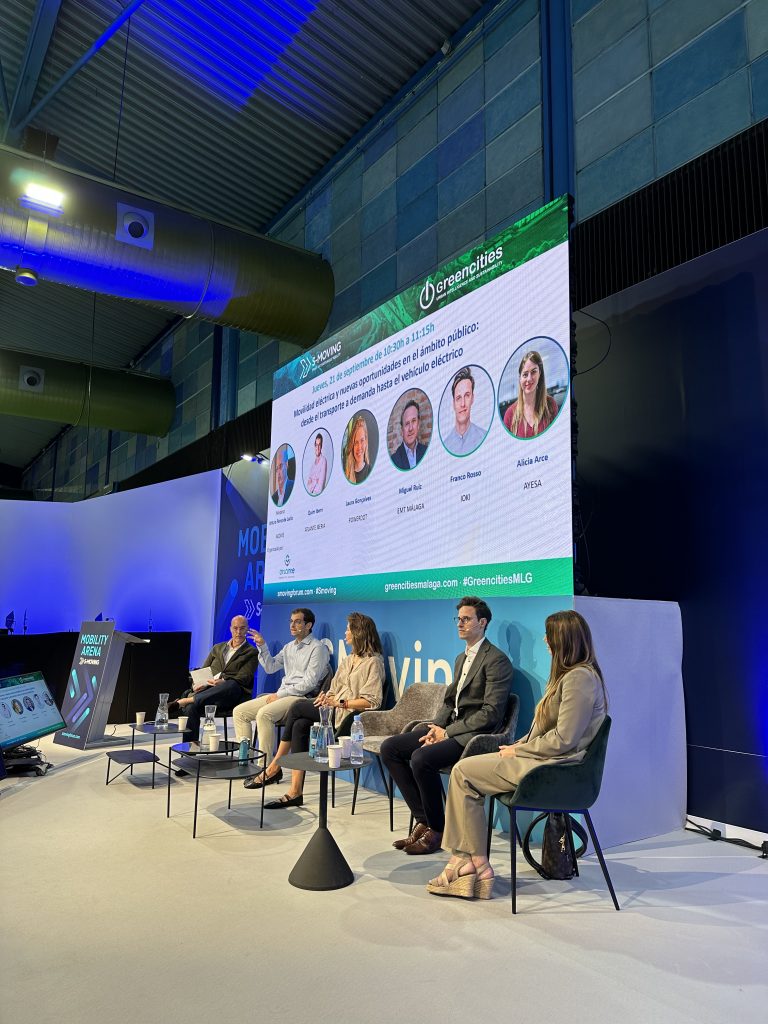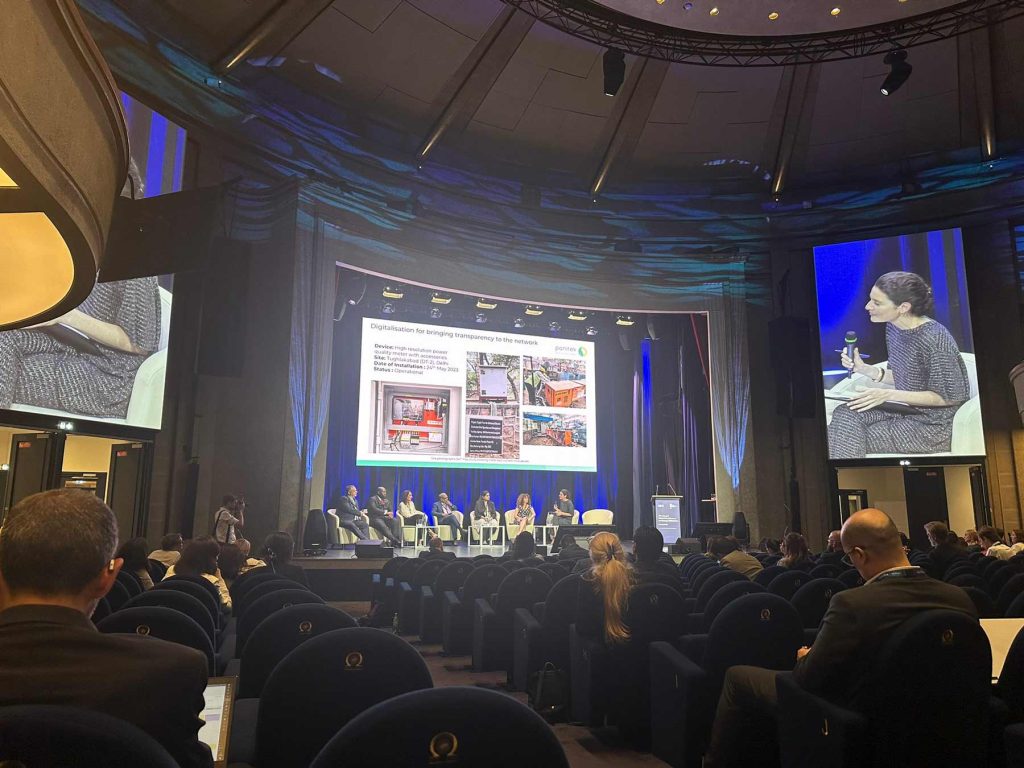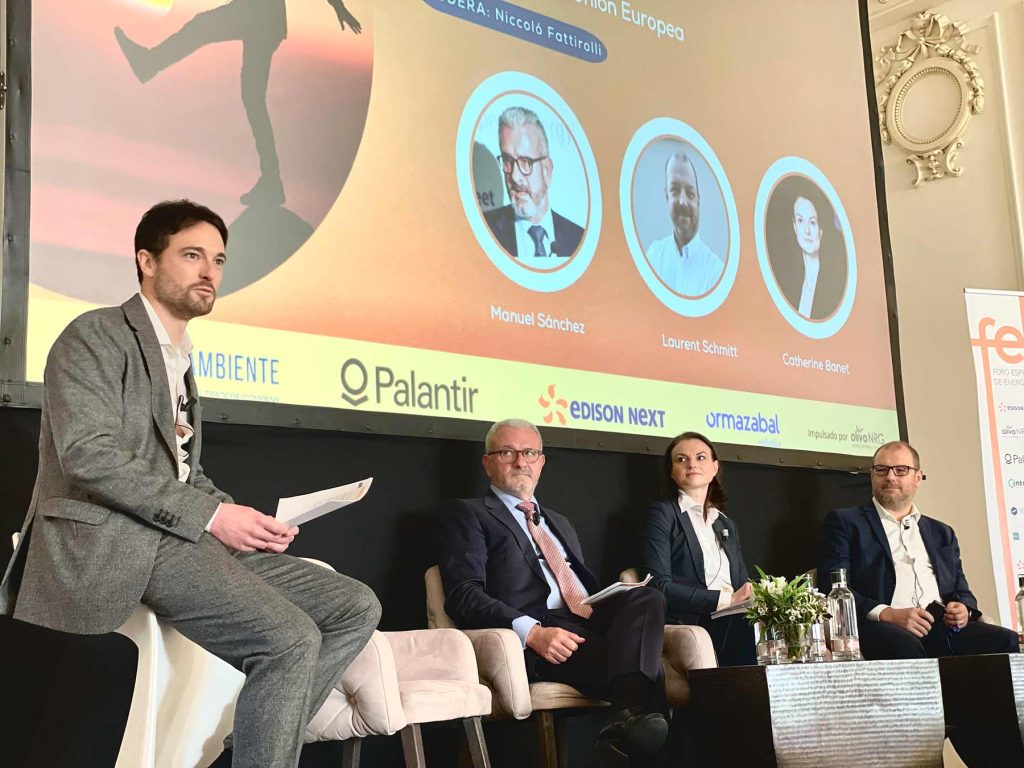Just 100 days ago, I stepped into the electricity sector without imagining the scale of the challenges we face or how fascinating it would be to take them on. I come from the environmental world, where ecosystems teach us to think in terms of interdependence, sustainability, and the long term. But upon entering this highly technical and regulated sector, I discovered a world in motion, though not always moving at the pace our planet demands.
At olivoENERGY, I have the opportunity to observe, question, and learn up close how the core of the energy transition is being shaped: an electricity grid that must become faster, more flexible, and more aligned with European goals. This reflection not only sums up my first steps, but also serves as a collective call to action, because sustainability is no longer a choice, but an urgent necessity.


The challenge behind the transition: too slow for the climate clock
I still have not fully assimilated the magnitude of the challenges facing this system and how far we are from tackling them with the urgency they require. I come from the environmental world. I am an environmentalist. I am used to thinking about impacts, about sustainability, about natural systems that work interdependently. And when I arrived in this sector (so technical, so normative and so regulated) I found a reality that surprised me: the gap between the speed at which Europe is advancing and the slowness with which Spain is reacting.
Europe is leading the way: decarbonisation, electrification, integration of renewables, smart grids an, above all, a firm commitment to achieve net zero emissions by 2050. This is not a symbolic goal, but one that is absolutely necessary to limit global warming and halt the degradation of ecosystems. But achieving this goal means fundamentally transforming the way we produce, consume and manage energy.
From my environmental perspective, electrification represents a great opportunity. It is the gateway to a cleaner, more efficient and flexible model. But to make it work, we need to produce renewable energy, a lot more of it. We need an electricity grid that is ready to receive, manage and distribute it in a safe, resilient and sustainable way.
And that is where the challenges begin:
- The integration of 100% renewable energy requires a flexible grid, capable of managing variability and intermittency without compromising the stability of the system.
- The modernisation of transmission and distribution networks is essential, but is progressing at an insufficient pace in the face of the speed of climate change.
- Optimising energy demand through storage systems, essential for balancing supply and demand, remains both a technical and regulatory challenge.
- Digitisation, key to turning the system into a smart and adaptive grid, has not yet reached the necessary scale.
- Increased electrification, key to boosting industry’s competitiveness by reducing energy costs, improving operational efficiency and moving towards more sustainable processes.

A race against regulatory time
In addition to these technological and structural challenges, an equally important obstacle remains: policy and regulatory misalignment. While European legislation drives an accelerated and coherent energy transition with climate objectives, the response at national level remains, in many cases, slow, fragmented and in need of fostering a long-term strategic vision.
All this makes me think that we are in a race against time. Every year lost in structural reforms, strategic planning and regulatory updating is another year of emissions that could have been avoided. It is time that we are not using to move closer to our commitment to climate neutrality and economic competitiveness, and it is time that is taking us further away from European leadership in sustainability and innovation.
As an environmentalist, I feel a mixture of hope and concern. Hope, because the technology is already available, the knowledge exists and the resources are on the table. But also concern, because without clear political rhythms, without agile regulation and without a shared strategic vision, we are at the risk that the discourse of “zero net emissions” will remain a dead letter.
Therefore, from my professional commitment and with the firm conviction that the sum of actions produces a tangible impact, I hope to be able to contribute so that Spain can rise to the challenge of the energy transition and the level of ambition established by the European Union.








